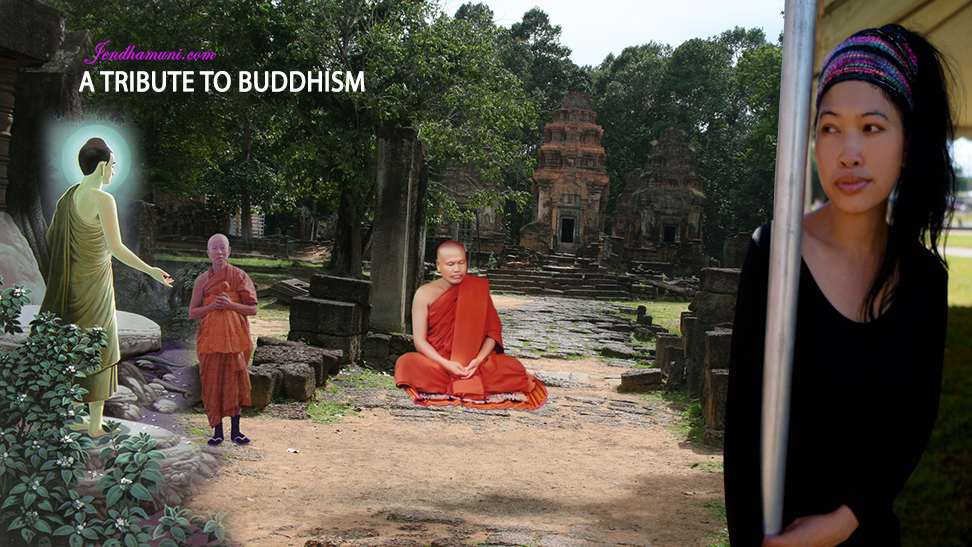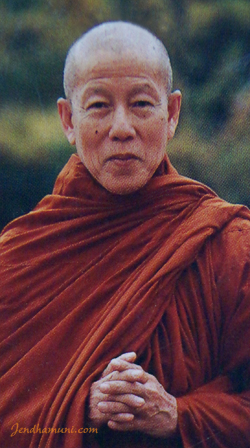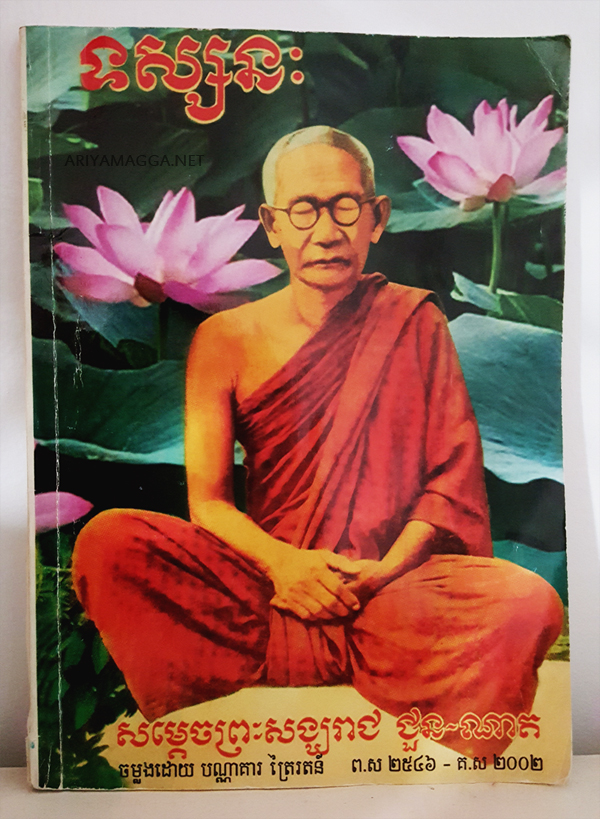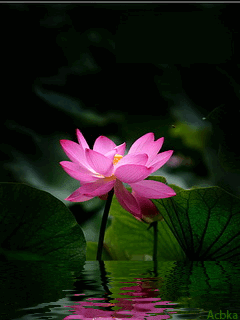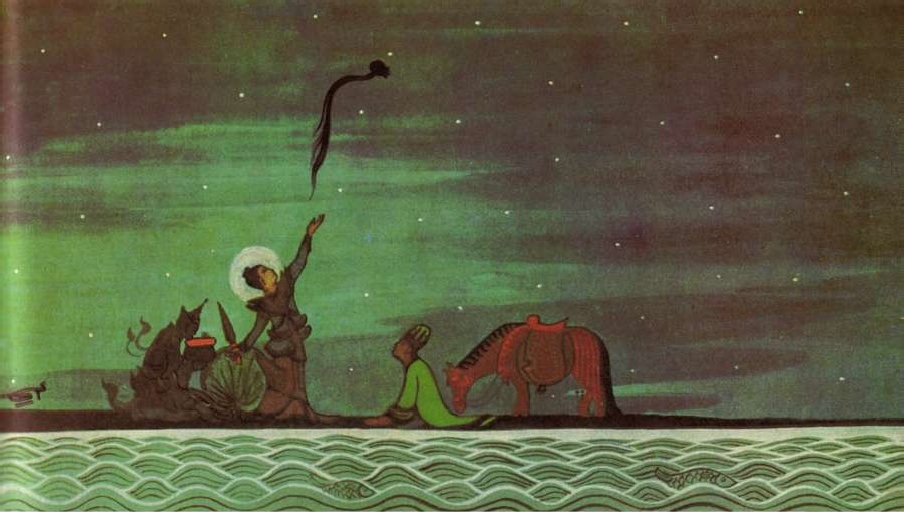
The future Buddha cutting his hair to become a monk
9. The future Buddha cutting his hair to become a monk
The Future Buddha who left the city at midnight on his Great Renunciation came to the bank of the Anoma (Illustrious) River at day-break. He gave the signal to his horse with his heel, and the horse sprang over the river, which had a breadth of eight usabhas (an usabha is 140 cubits or 210 feet), and landed on the opposite bank. He handed over to Channa his ornaments and the horse, Kanthaka, and asked him to go back home with them. He then cut his hair with the sword on the sandy beach of the Anoma.
Then the Future Buddha seized hold of his top-knot and threw it into the air, saying— “If I am to become a Buddha, let it stay in the sky; but if not, let it fall to the ground”. And Sakka, the King of the gods, received it in a golden casket, and established it in the Heaven of the Thirty-three Gods as the Culamani Ceti (Shrine of the Diadem). After that, the Future Buddha put on the robes, the symbol of asceticism, brought by the Maha-Brahma god, Ghatikara, and became an ascetic. His garments, made of Benares cloth, were taken away by Ghatikara, and established in the realm of the higher gods as the “Dussa Shrine”.
THE ILLUSTRATED HISTORY OF BUDDHISM
by ASHIN JANAKA BHIVAMSA (Aggamahapandita)
Artist: U Ba Kyi | Link to this post

